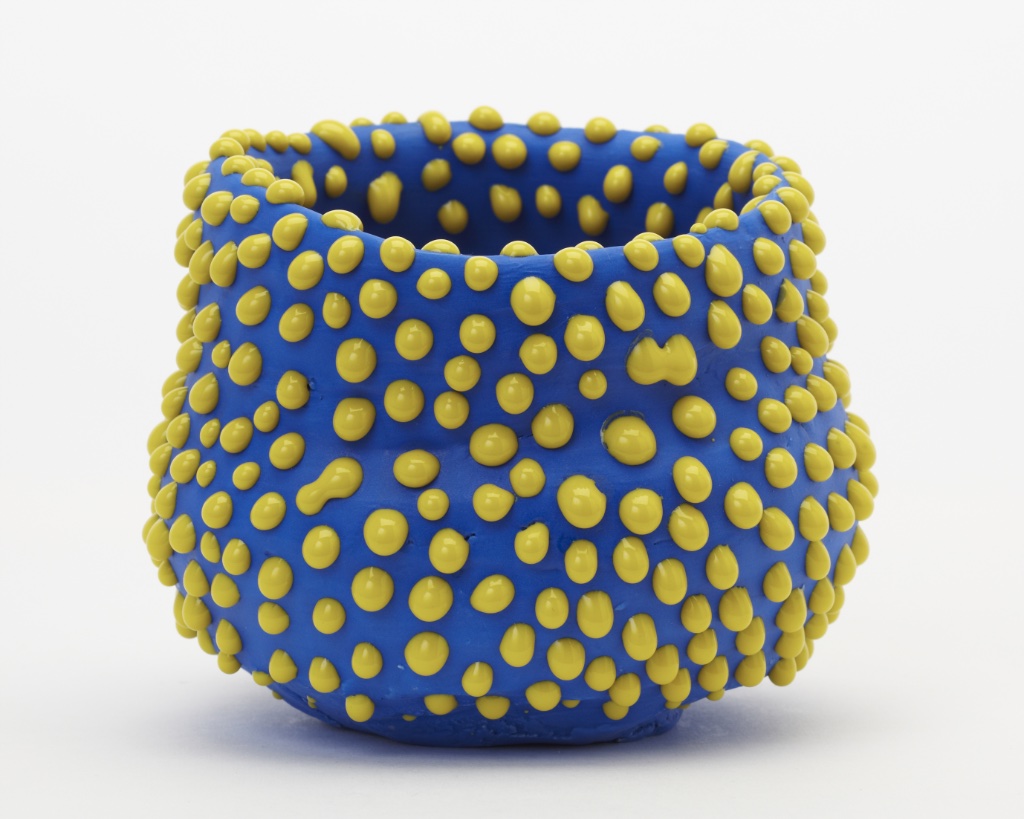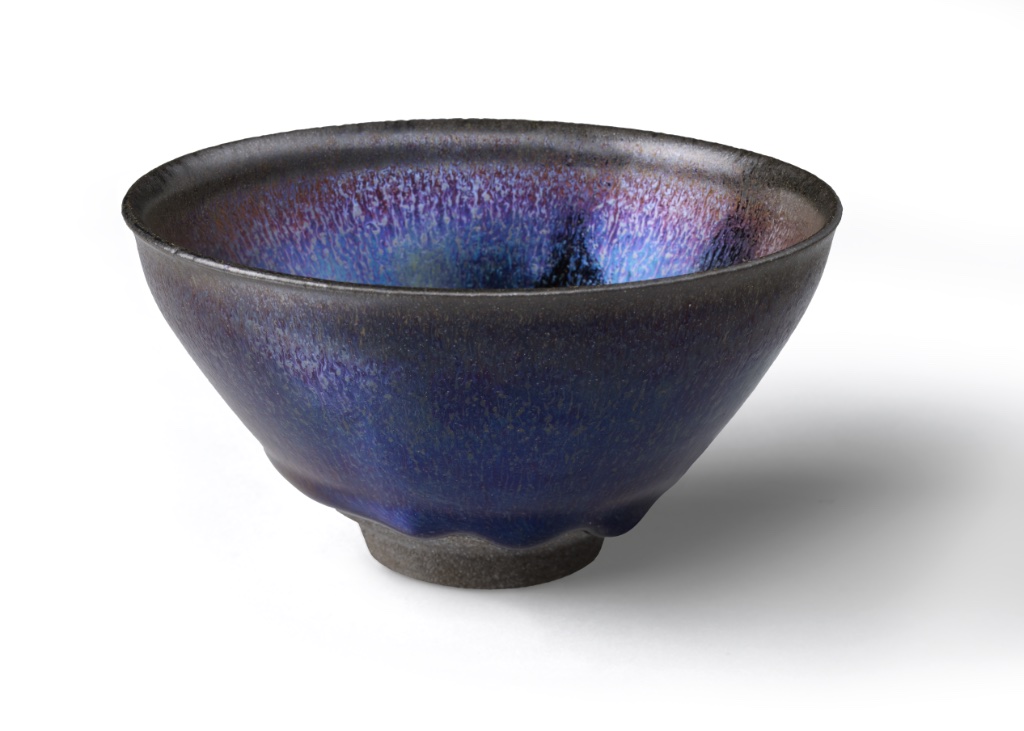
When Paris museums attack a subject, they don’t mess around. The exhibition “Les Flammes: L’Âge de la Céramique” at the Musée d’Art Moderne de Paris is a deep dive into a vast subject: ceramics. Ceramics of every imaginable type, style, shape and form; for every imaginable practical use (from wine jugs to false teeth and fake hips) or with absolutely no practical use; from every moment of history; and from most of the world’s cultures. And they have done it beautifully, creating an inspiring show that may be exhausting as well as exhaustive but that delights at every turn, with no fewer than 350 pieces on display.
Ceramics, long considered to be merely functional or scorned as a second-class decorative art form, are now accepted and prized in the world of the fine arts thanks to such pioneering artists as Grayson Perry, one of the first contemporary artists to express himself in the medium. The exhibition aims to continue the ennoblement of the art/craft while honoring its entire spectrum.
The show starts with a thorough primer on techniques, tools and materials. While many wonderful pieces illustrate this section – ranging from a rare Neolithic female statuette found in France to a pure-white porcelain installation by Edmund de Waal (of The Hare with Amber Eyes fame) – the technical information will be of far more interest to those who have already dug their hands into clay or are planning to. Everyone, however, especially kids, will love Roberto Cuoghi’s anthropomorphic kilns, which the artist used to fire ceramic crabs for an exhibition on the Greek island of Hydra and then decorated to look like crazy primitive creatures with tiny, well-shod feet.

Asia is well-represented by both ancient and recent pieces, from a surprisingly modern-looking and colorful Qing Dynasty (1644-1911) paintbrush holder, dating from the late 18th century or 19th century, to a bowl made in 2014 by master Takuro Kuwata (pictured at the top of this page), who has updated traditional Japanese ceramics with experimental techniques and colorful, playful designs.
One of the most beautiful pieces in the show may be the simplest: a bowl by Jean Girel (2018) with a bluish-purple glaze that draws you into its depths and make it difficult to tear your eyes away. Needless to say, the photo above does not do it justice; it must be seen in person.
The museum has had the great idea of asking the public to submit their favorite ceramic objects for display in the exhibition. Anyone who wishes to do so should fill out this form on the museum’s website and submit a photo of the piece with it. The museum will let you know within a month if it has been accepted. The curator of the exhibition, Anne Dressen, kicked off this visitor display with a ceramic ashtray made by her young daughter.
In case you don’t think ceramics are sexy, the show ends with the erotic scene from the film Ghosts (1990) in which Patrick Swayze and Demi Moore get wildly turned on by the sensual act of turning a vase on a pottery wheel to the tune of the Righteous Brothers’ “Unchained Melody.”
No need to have a special interest in ceramics to enjoy this show; you just have to love art and appreciate mind-blowing creativity. And to think it all starts with just earth, water and fire, transformed as if by magic.
Favorite

